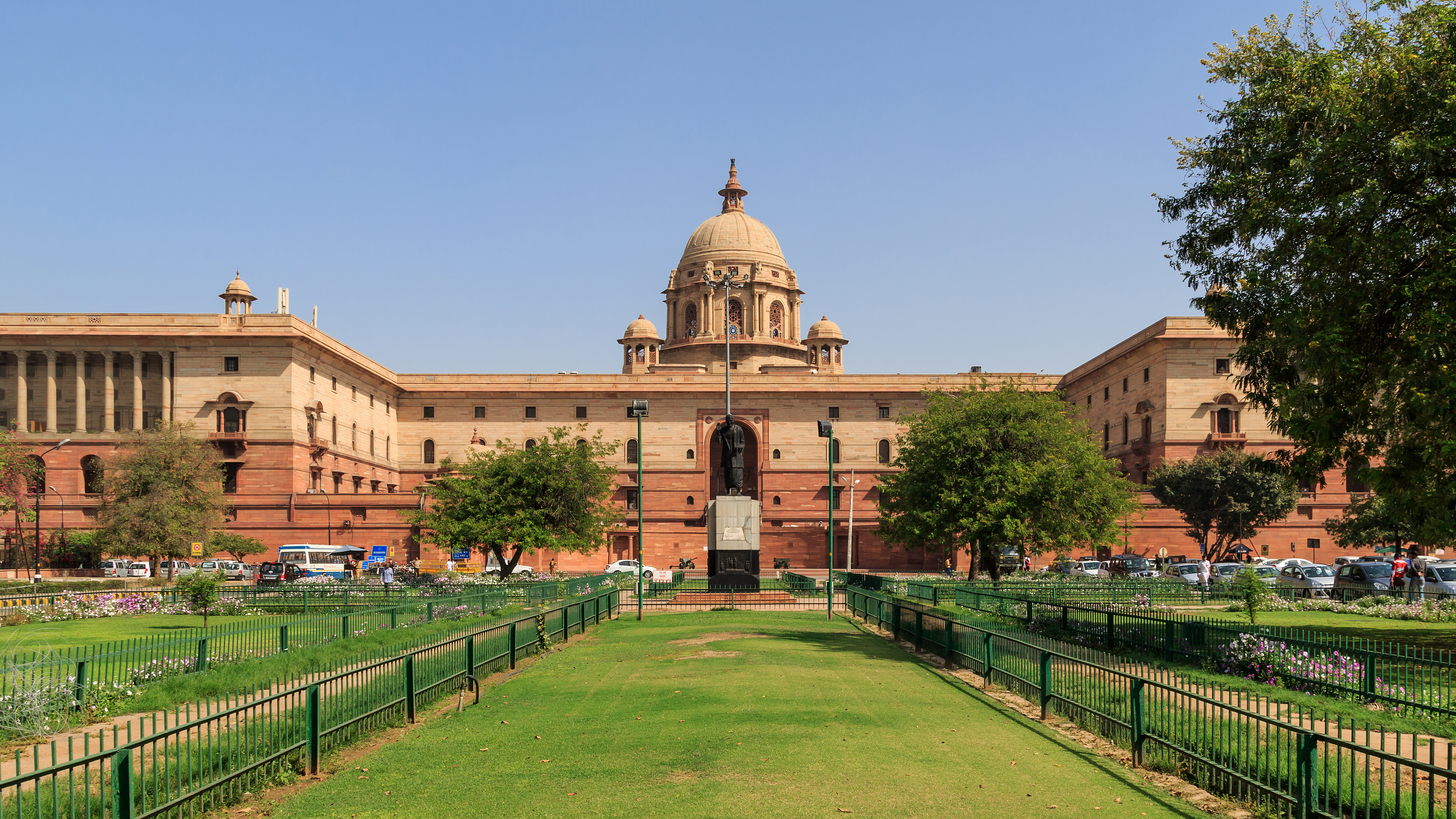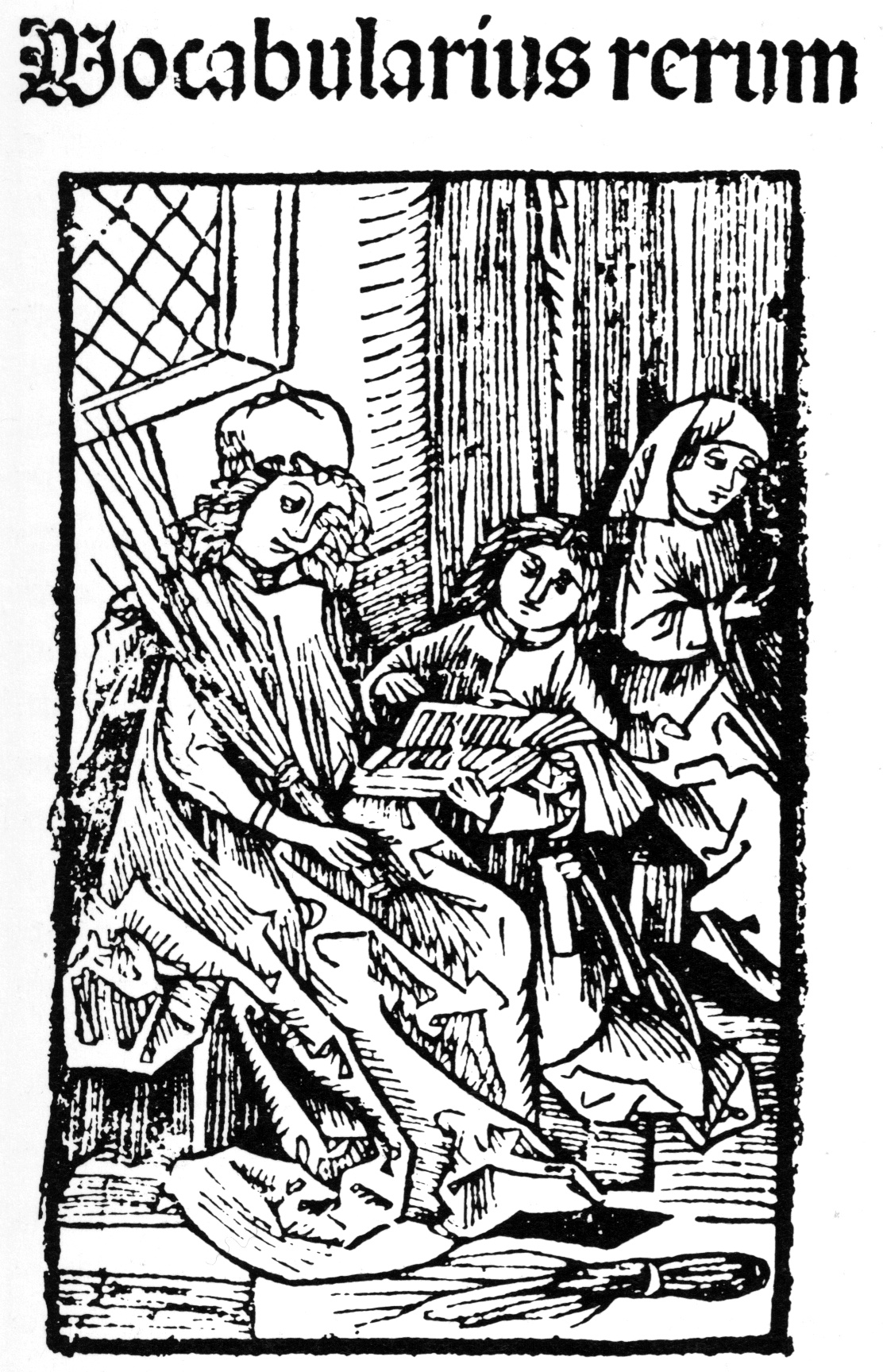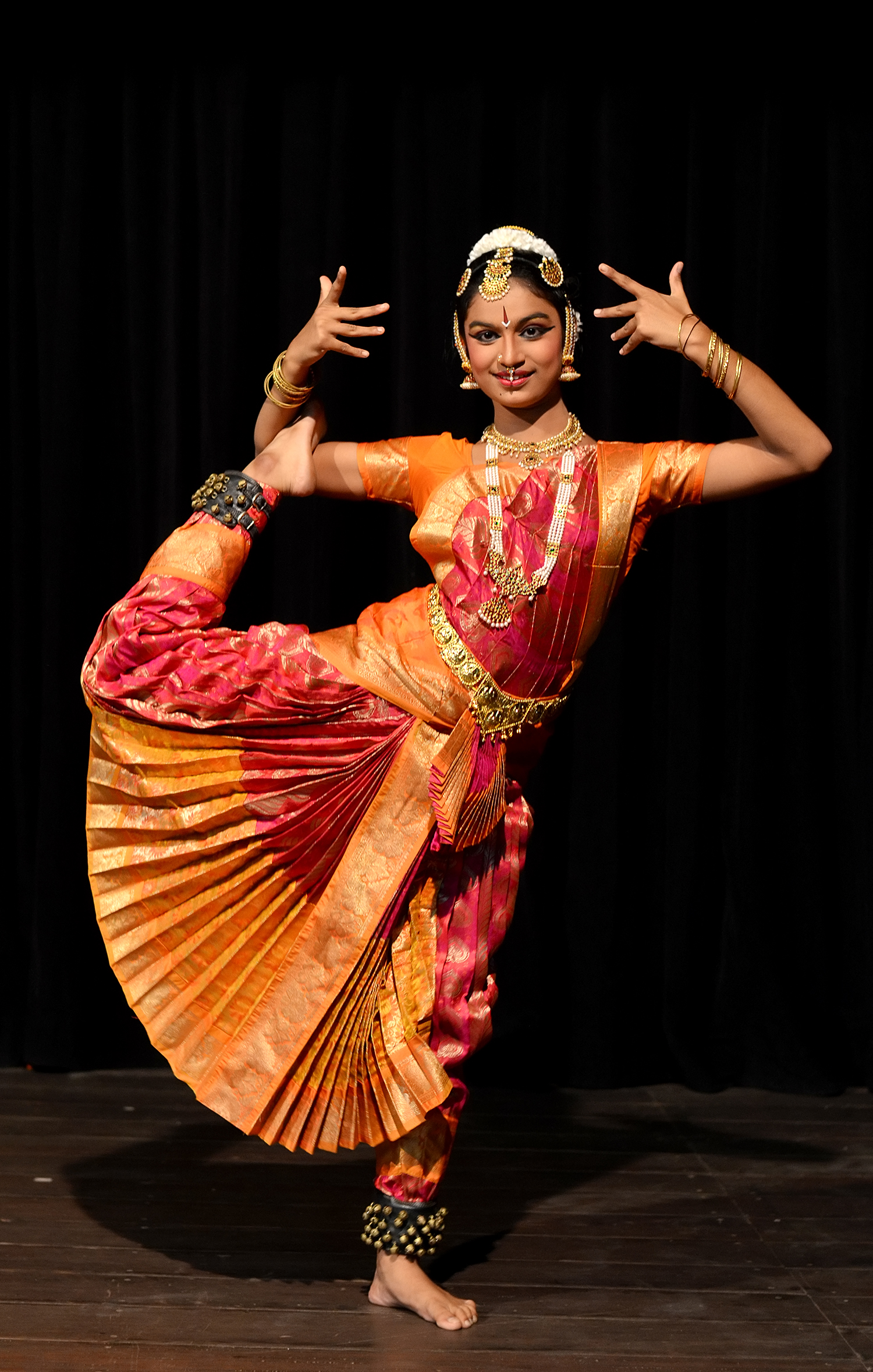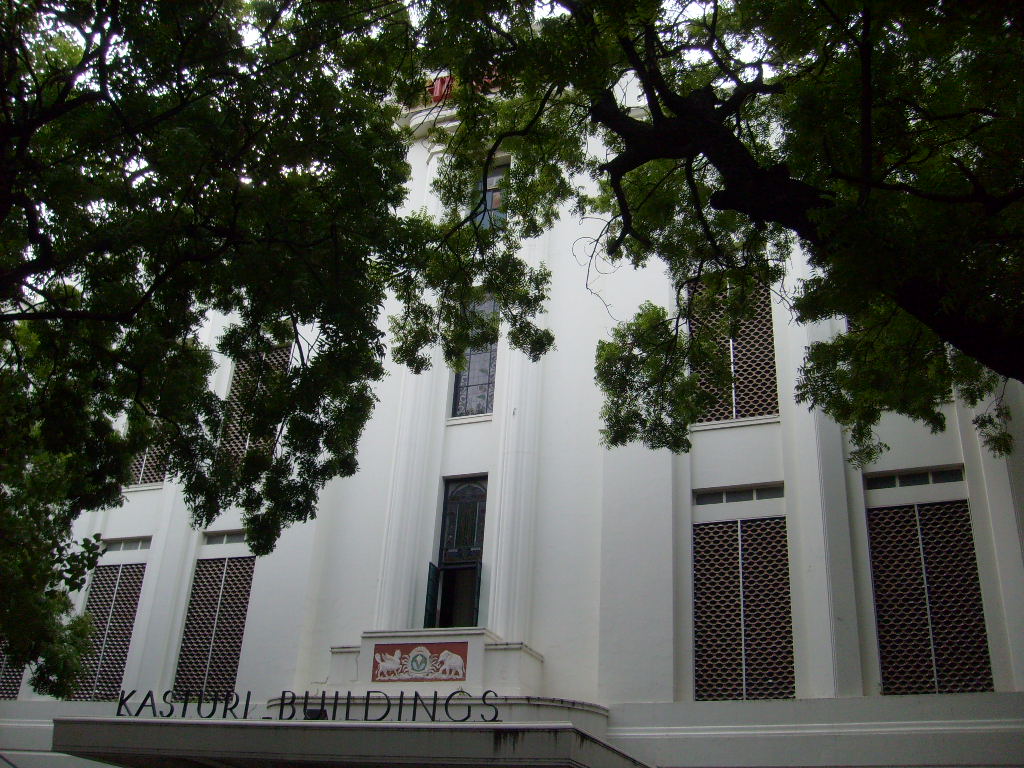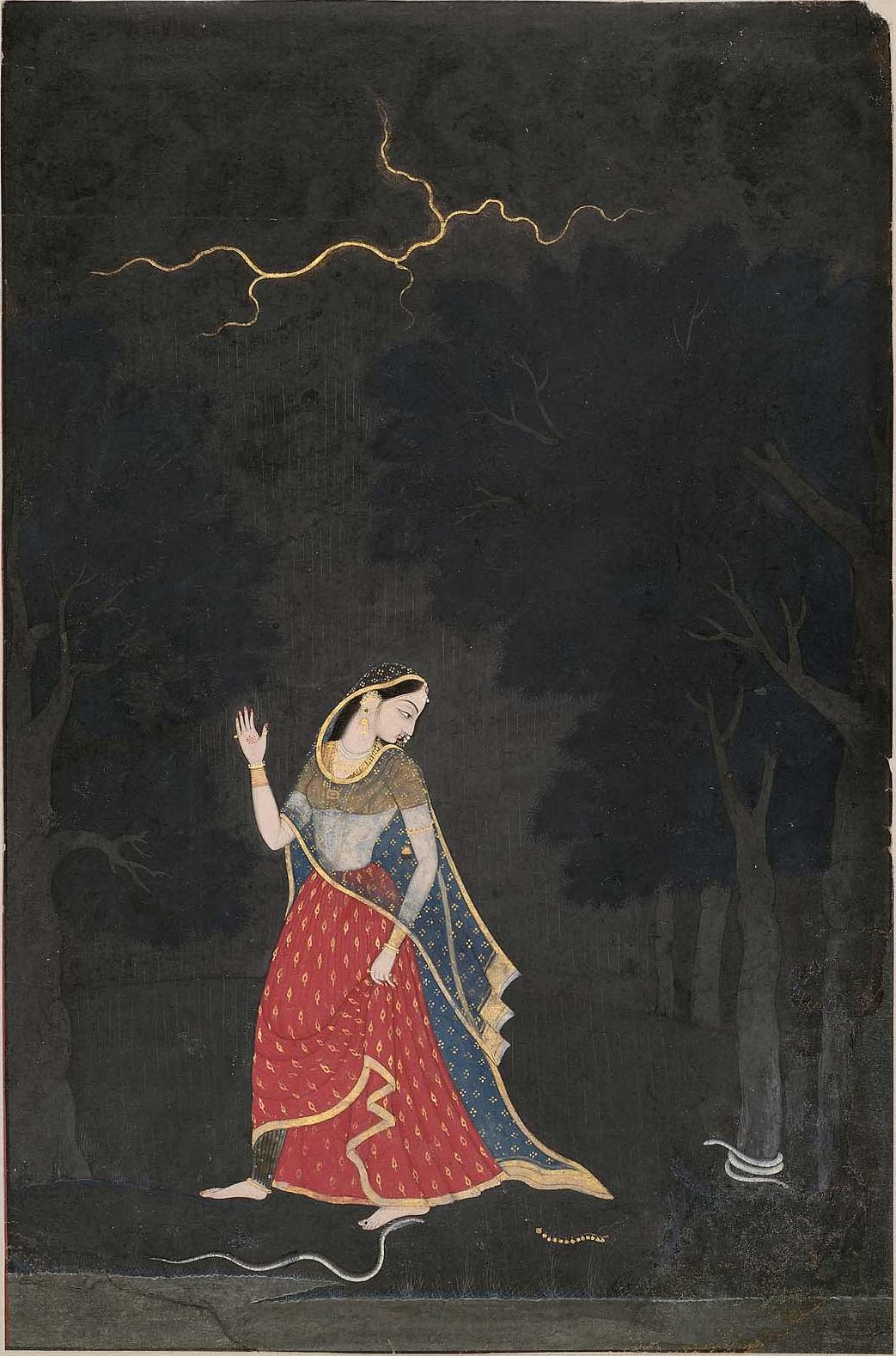|
Rajkumar Singhajit Singh
Rajkumar Singhajit Singh, (born 1 May 1935) is a leading exponent, choreographer and a guru of Indian classical dance form of Manipuri, including the Pung cholom and Raslila. He was awarded with the Sangeet Natak Akademi Award in 1984 and the Padma Shri in 1986 for his contribution to the Manipuri dance. In the year 2011, Sangeet Natak Akademi, India's The National Academy for Music, Dance and Drama, awarded him with its highest award, the Sangeet Natak Akademi Fellowship for his contribution to Indian Dance. In 2014 he was also conferred with the Tagore Award. Guru Singhajit Singh and his wife Charu Sija Mathur, who is also a Sangeet Natak Akademi Award recipient, have established, ''Manipuri Nrityashram'', a Manipuri dance school, in New Delhi. Biography Rajkumar Singhajit Singh was born in a family of dancers and musicians in Manipur. Early in life, he was fortunate to receive his dance education from the finest gurus of Manipuri dance, starting with ‘Guru Ojha ... [...More Info...] [...Related Items...] OR: [Wikipedia] [Google] [Baidu] |
Manipur
Manipur () ( mni, Kangleipak) is a States and territories of India, state in Northeast India, with the city of Imphal as its capital. It is bounded by the Indian states of Nagaland to the north, Mizoram to the south and Assam to the west. It also borders two regions of Myanmar, Sagaing Region to the east and Chin State to the south. The state covers an area of . Manipur has been at the crossroads of Asian economic and cultural exchange for more than 2,500 years. It connects the Indian subcontinent and Central Asia to Southeast Asia, East Asia, Siberia, regions in the Arctic, Micronesia and Polynesia enabling migration of people, cultures and religions. During the days of the British Raj, British Indian Empire, the Kingdom of Manipur was one of the princely states. Between 1917 and 1939, some people of Manipur pressed the princely rulers for democracy. By the late 1930s, the princely state of Manipur negotiated with the British administration its preference to continue to be pa ... [...More Info...] [...Related Items...] OR: [Wikipedia] [Google] [Baidu] |
New Delhi
New Delhi (, , ''Naī Dillī'') is the Capital city, capital of India and a part of the NCT Delhi, National Capital Territory of Delhi (NCT). New Delhi is the seat of all three branches of the government of India, hosting the Rashtrapati Bhavan, Parliament House (India), Parliament House, and the Supreme Court of India. New Delhi is a Municipal governance in India, municipality within the NCT, administered by the New Delhi Municipal Council, NDMC, which covers mostly Lutyens' Delhi and a few adjacent areas. The municipal area is part of a larger List of districts in India, administrative district, the New Delhi district. Although colloquially ''Delhi'' and ''New Delhi'' are used interchangeably to refer to the National Capital Territory of Delhi, both are distinct entities, with both the municipality and the New Delhi district forming a relatively small part of the megacity of Delhi. The National Capital Region (India), National Capital Region is a much larger entity compri ... [...More Info...] [...Related Items...] OR: [Wikipedia] [Google] [Baidu] |
Teachers Of Indian Classical Dance
A teacher, also called a schoolteacher or formally an educator, is a person who helps students to acquire knowledge, competence, or virtue, via the practice of teaching. ''Informally'' the role of teacher may be taken on by anyone (e.g. when showing a colleague how to perform a specific task). In some countries, teaching young people of school age may be carried out in an informal setting, such as within the family (homeschooling), rather than in a formal setting such as a school or college. Some other professions may involve a significant amount of teaching (e.g. youth worker, pastor). In most countries, ''formal'' teaching of students is usually carried out by paid professional teachers. This article focuses on those who are ''employed'', as their main role, to teach others in a ''formal'' education context, such as at a school or other place of ''initial'' formal education or training. Duties and functions A teacher's role may vary among cultures. Teachers may provide ... [...More Info...] [...Related Items...] OR: [Wikipedia] [Google] [Baidu] |
Performers Of Indian Classical Dance
The performing arts are arts such as music, dance, and drama which are performed for an audience. They are different from the visual arts, which are the use of paint, canvas or various materials to create physical or static art objects. Performing arts include a range of disciplines which are performed in front of a live audience, including theatre, music, and dance. Theatre, music, dance, object manipulation, and other kinds of performances are present in all human cultures. The history of music and dance date to pre-historic times whereas circus skills date to at least Ancient Egypt. Many performing arts are performed professionally. Performance can be in purpose-built buildings, such as theatres and opera houses, on open air stages at festivals, on stages in tents such as circuses or on the street. Live performances before an audience are a form of entertainment. The development of audio and video recording has allowed for private consumption of the performing arts. T ... [...More Info...] [...Related Items...] OR: [Wikipedia] [Google] [Baidu] |
Indian Classical Choreographers
Indian or Indians may refer to: Peoples South Asia * Indian people, people of Indian nationality, or people who have an Indian ancestor ** Non-resident Indian, a citizen of India who has temporarily emigrated to another country * South Asian ethnic groups, referring to people of the Indian subcontinent, as well as the greater South Asia region prior to the 1947 partition of India * Anglo-Indians, people with mixed Indian and British ancestry, or people of British descent born or living in the Indian subcontinent * East Indians, a Christian community in India Europe * British Indians, British people of Indian origin The Americas * Indo-Canadians, Canadian people of Indian origin * Indian Americans, American people of Indian origin * Indigenous peoples of the Americas, the pre-Columbian inhabitants of the Americas and their descendants ** Plains Indians, the common name for the Native Americans who lived on the Great Plains of North America ** Native Americans in the Uni ... [...More Info...] [...Related Items...] OR: [Wikipedia] [Google] [Baidu] |
Sahitya Kala Parishad
Sahitya Kala Parishad (साहित्य कला परिषद) (Academy of Performing and Fine Arts) is the Cultural wing of the Govt. of National Capital Territory of Delhi (NCT) of Delhi for music, dance, drama & fine arts, established in 1968, under the 'Department Of Art, Culture And Language'. It was registered under the Society's Registration Act, 1860 on 31 July 1975. It works towards fostering, visual arts and inculcate artistic awareness within the NCT of Delhi. As a norm, the Chief Minister of Delhi, remains the Chairperson of the Sahitya Kala Parishad. After, the establishment of Language Academies, like the Sahitya Akademi, its focus has been mainly on performing and visual arts. It has also set up two 'District Cultural Centres', one at Janakpuri and other in Vikaspuri (Bodella Village) in Delhi, the latter set up in collaboration with Delhi Public Library has two auditoria. Location 18-A, Satsang Vihar Marg, Spl. Institutional Area New Delhi-110067 Activit ... [...More Info...] [...Related Items...] OR: [Wikipedia] [Google] [Baidu] |
Homi J
Homi may refer to: People * Homi Adajania * Homi Billimoria, Ceylonese architect * Homi F. Daji * Homi J. Bhabha (1909–1966), Indian nuclear physicist * Homi J. H. Taleyarkhan * Homi K. Bhabha * Homi Kharas, British economist * Homi Maneck Mehta (1871–1948), Indian industrialist * Homi Master * Homi Mobed * Homi Mody * Homi Motivala (born 1958), Indian sportsperson * Homi Mullan (1940–2015), Indian percussionist * Homi Pithawalla or Homer Pithawalla * Homi Powri (born 1922), Indian cyclist * Homi Sethna (1923–2010), Indian nuclear scientist * Homi Wadia (1911–2004), Indian film director and producer in Bollywood (Hindi cinema) Places * Homi Station, Japan * Homi Villa, also known as Airport Core Programme Exhibition Centre Other * Homi (tool) ''Homi'' ( ko, 호미), also known as a Korean hand plow, is a short-handled traditional farming tool used by Koreans. It is a farming tool that removes grasses from paddies and fields. It is also used when plowing a r ... [...More Info...] [...Related Items...] OR: [Wikipedia] [Google] [Baidu] |
Academy Ratna Award, 2011
An academy (Attic Greek: Ἀκαδήμεια; Koine Greek Ἀκαδημία) is an institution of secondary or tertiary higher learning (and generally also research or honorary membership). The name traces back to Plato's school of philosophy, founded approximately 385 BC at Akademia, a sanctuary of Athena, the goddess of wisdom and skill, north of Athens, Greece. Etymology The word comes from the ''Academy'' in ancient Greece, which derives from the Athenian hero, ''Akademos''. Outside the city walls of Athens, the gymnasium was made famous by Plato as a center of learning. The sacred space, dedicated to the goddess of wisdom, Athena, had formerly been an olive grove, hence the expression "the groves of Academe". In these gardens, the philosopher Plato conversed with followers. Plato developed his sessions into a method of teaching philosophy and in 387 BC, established what is known today as the Old Academy. By extension, ''academia'' has come to mean the accumulation, d ... [...More Info...] [...Related Items...] OR: [Wikipedia] [Google] [Baidu] |
The Hindu
''The Hindu'' is an Indian English-language daily newspaper owned by The Hindu Group, headquartered in Chennai, Tamil Nadu. It began as a weekly in 1878 and became a daily in 1889. It is one of the Indian newspapers of record and the second most circulated English-language newspaper in India, after '' The Times of India''. , ''The Hindu'' is published from 21 locations across 11 states of India. ''The Hindu'' has been a family-owned newspaper since 1905, when it was purchased by S. Kasturi Ranga Iyengar from the original founders. It is now jointly owned by Iyengar's descendants, referred to as the "Kasturi family", who serve as the directors of the holding company. The current chairperson of the group is Malini Parthasarathy, a great-granddaughter of Iyengar. Except for a period of about two years, when S. Varadarajan held the editorship of the newspaper, the editorial positions of the paper were always held by members of the family or held under their direction. His ... [...More Info...] [...Related Items...] OR: [Wikipedia] [Google] [Baidu] |
Ashta Nayika
The Ashta-Nayika is a collective name for eight types of ''nayika''s or heroines as classified by Bharata in his Sanskrit treatise on performing arts - ''Natya Shastra''. The eight nayikas represent eight different states (''avastha'') in relationship to her hero or ''nayaka''. As archetypal states of the romantic heroine, it has been used as theme in Indian painting, literature, sculpture as well as Indian classical dance and music. Nayikas As per Ashta Nayika, there are eight nayikas. History and cultural depictions The Ashta-Nayika classification (''nayika-bheda'') first appears in ''Natya Shastra'' (24.210-11), a key Sanskrit treatise on Indian performing arts, authored by Bharata (dated between 2nd century BC and 2nd century AD). The classification is detailed in later works like the ''Dasarupaka'' (10th century), '' Sahityadarpana'' (14th century) and various other treatises on poetics as well as erotic ''Kamashastra'' texts like Kuttanimata (8th-9th century) based ... [...More Info...] [...Related Items...] OR: [Wikipedia] [Google] [Baidu] |


